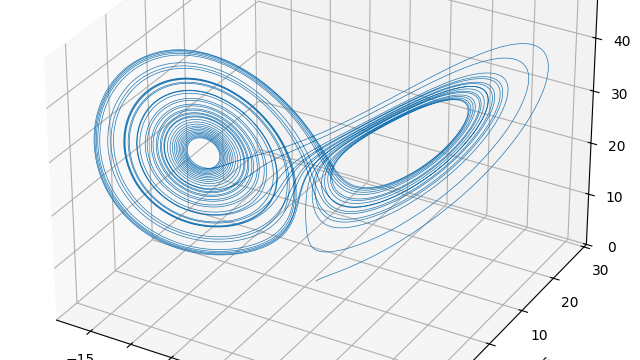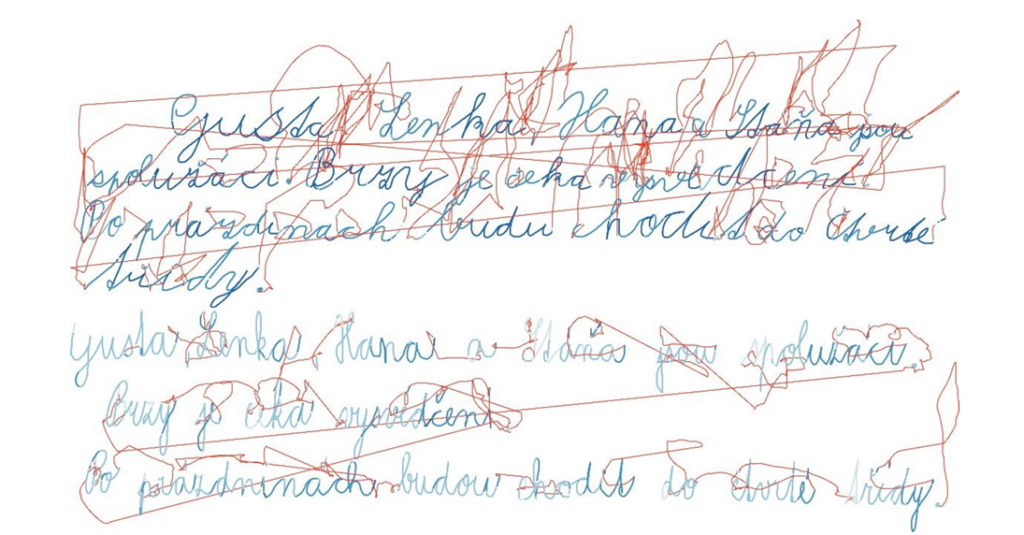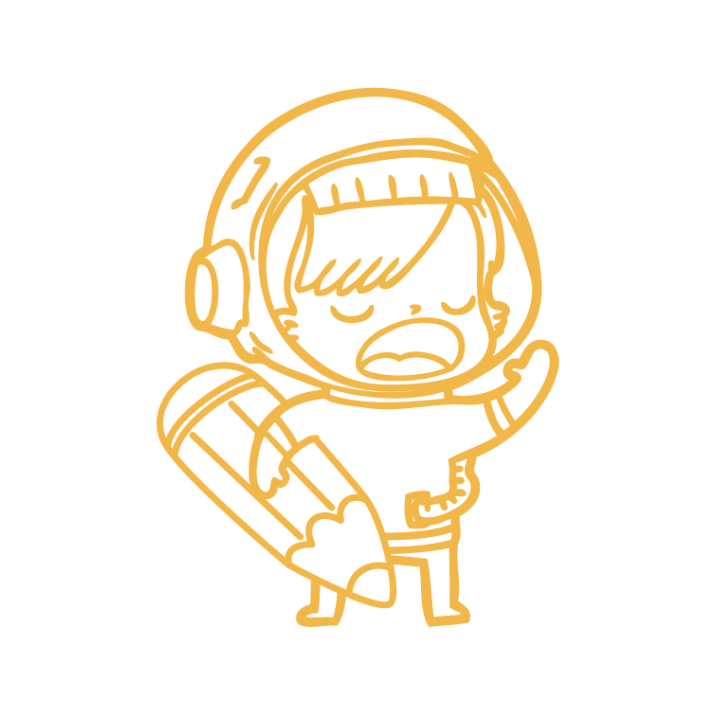Our projects include both basic and applied research to advance the understanding and diagnosis of graphomotor skills (GMs) and handwriting difficulties. In fundamental research, we focus on defining GMs through mathematical modelling and exploring new experimental parameters to refine diagnostics. In applied research, we aim to develop valid and objective diagnostic methods and software using machine learning techniques to improve the accuracy of diagnosis of developmental dysgraphia and other handwriting difficulties. Our work involves working with children in kindergarten and primary schools to ensure that our findings and tools are practical and effective. This multidisciplinary approach helps us to develop innovative solutions that improve early intervention and support children’s educational outcomes.
2025 – 2027
Graphomotor skills: between maturity and readiness
This project investigates the development of graphomotor skills (GMs), which are essential for mastering literacy in primary school. These skills begin in kindergarten and are influenced by internal (e.g. gender) and external factors (e.g. family, kindergarten). With the Czech Republic having one of the highest school deferral rates in the EU and OECD due to insufficient GMs, our project seeks to fill the knowledge gap by examining the interaction of these factors using digitizing tablets in preschool children. Specifically, we have three main objectives: 1) to investigate endogenous factors of GMs in kindergarten children; 2) to investigate the relationships between endogenous and exogenous factors with the prediction of deferrals; and 3) to investigate the impact of emerging spelling skills on GMs. By integrating psychology, education and signal processing, we aim to significantly advance our understanding of GMs and its developmental influences, potentially leading to refinement of diagnostic criteria in the future.


2025 – 2028
Advanced methods of graphomotor modelling
This project aims to re-analyze data and develop advanced online writing processing in the area of graphomotor and writing disorder diagnosis. For example, we will focus on the use of complexity theory and dynamical systems theory and the search for advanced models to better describe the relationship between speed and accuracy in graphomotor skills. We will also explore the potential of machine learning models to diagnose and assess graphomotor difficulties. We are exploring new ways to refine the diagnosis of developmental dysgraphia in school-aged children.
2020 – 2024
Software for advanced diagnosis of graphomotor disabilities
The aim of the project was to develop a psychological diagnostic method (software) for the assessment of graphomotor disabilities. The proposed software will allow the objective collection and interpretation of parameters related to graphomotor disabilities based on children’s drawings and handwriting. These data will be processed by mathematical modelling of behavioural, socio-demographic and clinical data, which will be used to produce a visualisation that displays the severity of the disability on a GHDRS scale. The result will be an objective, accurate and valid diagnosis of handwriting disability.


2018 – 2020
Research of advanced developmental dysgraphia diagnosis and rating methods based on quantitative analysis of online handwriting and drawing
Developmental dysgraphia (DD), observed in 10-30% of school-aged children, is a difficulty in the production of written language related to the mechanics of writing. The diagnosis and assessment of DD requires a complex examination of cognitive and graphomotor skills, and the latter have traditionally been assessed subjectively by experts (special education teachers or psychologists). The main aim of the project was to explore the advanced digital parameterisation of handwriting and drawing in relation to DD symptoms and to use mathematical modelling to design a system that automatically assesses DD using the new scale. As a result, we developed the Graphomotor and Handwriting Disabilities Rating Scale (GHDRS), a new comprehensive rating scale based on quantitative analysis of handwriting and drawing.

